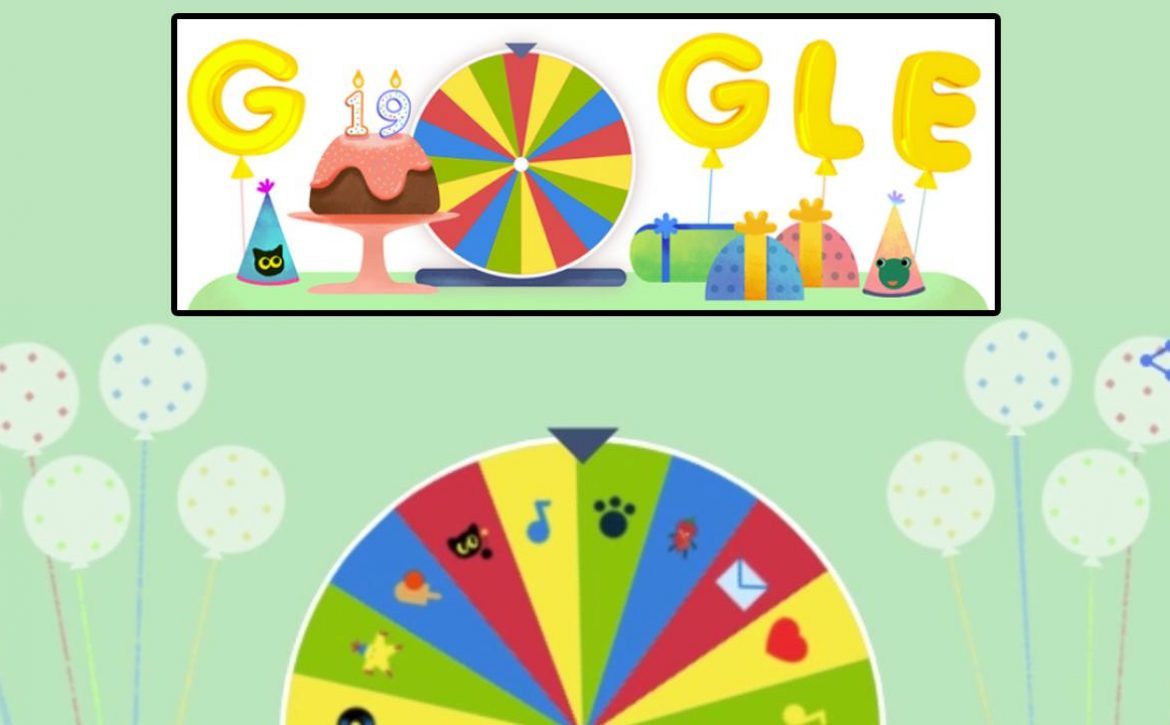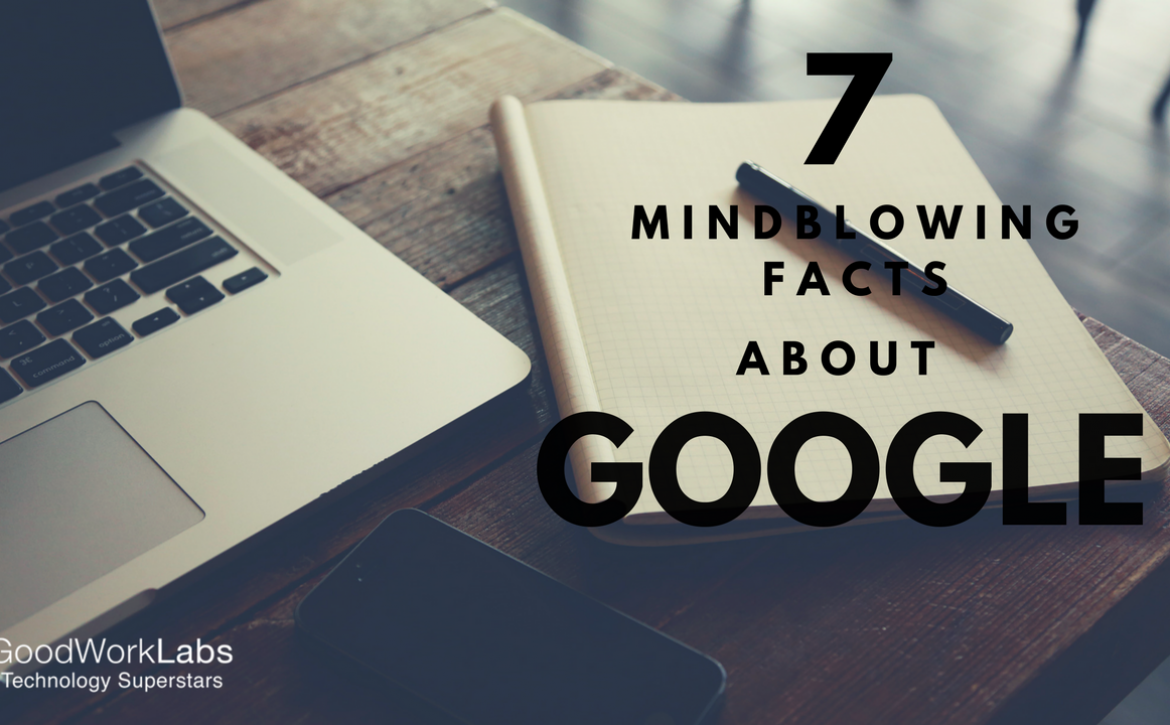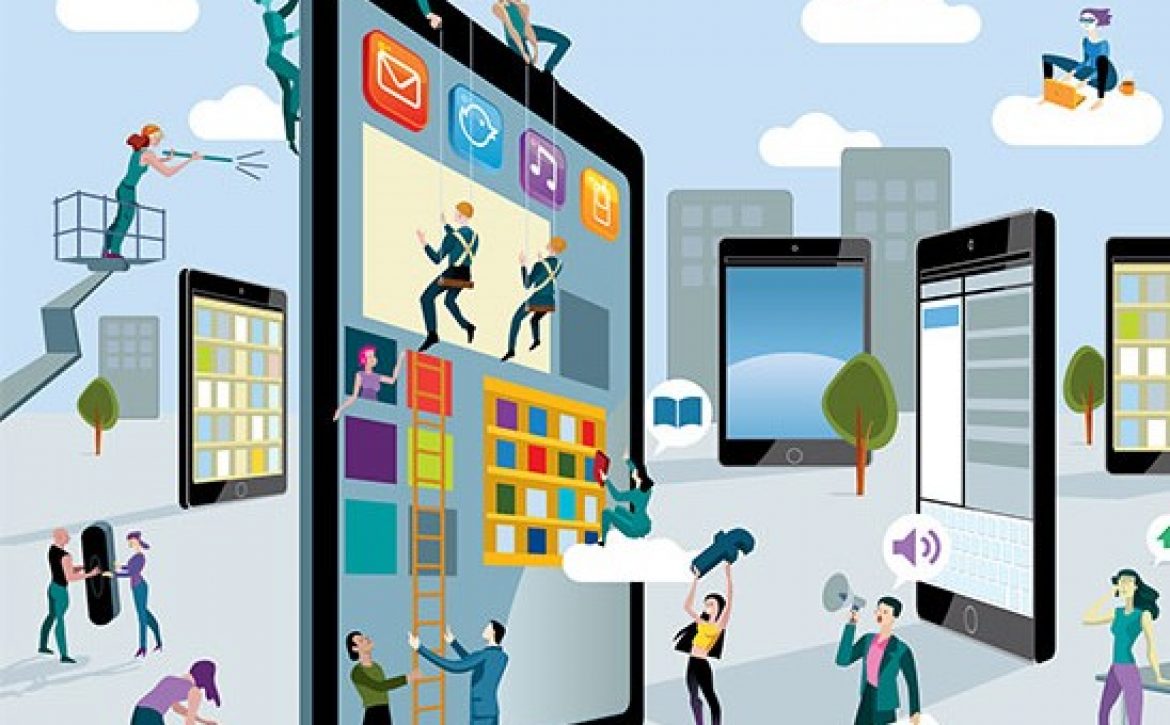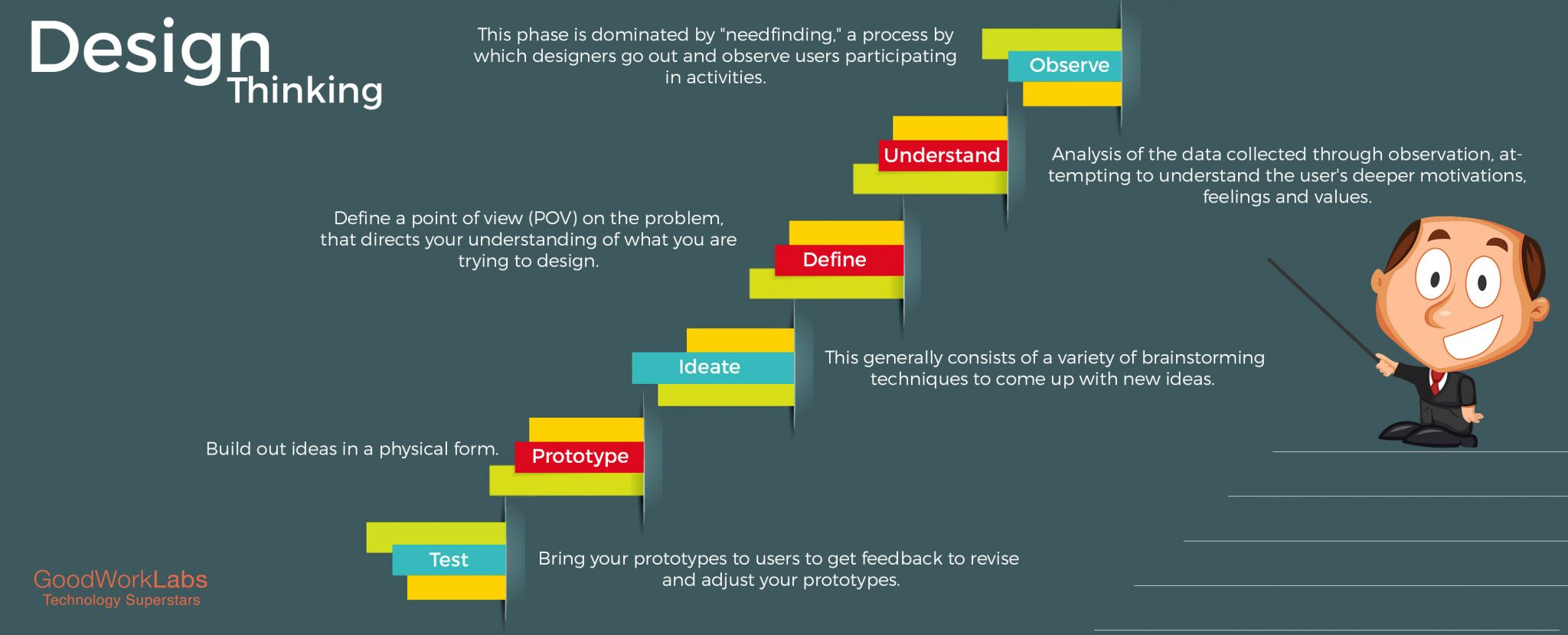React Native VS React JS for Mobile Apps Development – GoodWorkLabs
Which Is The Better Option React JS or React Native?
React JS is front end library developed by Facebook. It’s used for handling view layer for web and mobile apps. ReactJS allows us to create reusable UI components. It is currently one of the most popular JavaScript libraries and it has strong foundation and large community behind it.
React Native is a mobile framework that compiles to native app components, allowing you to build native mobile applications, iOS, Android, and Windows, in JavaScript that allows you to use React JS to build your components, and implements ReactJS under the hood.

Both are open sourced by Facebook.
In general the concept is the same. You write JSX on both platforms. The only difference is that the rendering mechanism that React uses is different from each other.
React JS uses react-dom implementation to render the components to the DOM. This library is actually way larger than React JS itself. React Native has their own implementation of rendering components for native platforms.
- Both have their own rendering mechanism
- React Native has a flexbox way of styling instead of regular CSS for the web
- React Native has to be compiled to native code where ReactJS can be used directly in the DOM
The React JS Benefits
- DOM (document object model) is a viewing agreement on data inputs and outputs. React’s virtual DOM is faster than the conventional full refresh model, since the virtual DOM refreshes only parts of the page. The interesting part is, the team at Facebook wasn’t aware that partially refreshing a page would prove faster. Facebook was just looking for a way to reduce their re-build time, and partial DOM refresh was just a happy consequence. This increases performance and faster programming.
- You can reuse code components in React JS, saving you a lot of time.
- The rendering of your pages completely, from the server to the browser will improve the SEO of your web app.
- It improves the debugging speed making your developer’s life easier.
- Even to those unfamiliar with React, it is easily readable.Many frameworks require you to learn an extensive list of concepts which are only useful within the framework. React strives to do the opposite.
- You reap the benefit of all the advancements in the Java language and its ecosystem.
The React Native Benefits
- React Native comes with Native Modules and Native components that improve performance. Unlike Cordova, PhoneGap, and other cross-platform frameworks that render code via WebView, React Native renders certain code components with native API’s.
- React Native comes with all the advantages that React.js brought you. React.js focuses on a better UI, so those benefits remain.
- You don’t have to build the same application for iOS and Android, separately as React Native allows your developers to reuse the common logic layer.
- React Native’s component-based structure allows developers to build apps with a more agile, web-style approach to development than most hybrid frameworks, and without any web at all.
- If you know JavaScript, React Native will be easy to pick-up, allowing most front-end web developer to be a mobile developer. All you need to know is JavaScript, platform APIs, some native UI elements, and any other platform-specific design patterns and you’re set.
- No need to overhaul your old app. All you have to do is add React Native UI components into your existing app’s code, without having to rewrite.
- Native app development usually means inefficiency, slower time to deployment, and less developer productivity. React Native is all about bringing high speed, responsiveness, and agility of web app development along with effectual processing and best user experience to the hybrid space, to provide your users with a native app experience.
React is a framework for building applications using JavaScript. React Native is an entire platform allowing you to build native, cross-platform mobile apps, and React.js is a JavaScript library you use for constructing a high performing UI layer.
To put it in simpler terms, React is ideal for building dynamic, high performing, responsive UI for your web interfaces, while React Native is meant to give your mobile apps a truly native feel.























